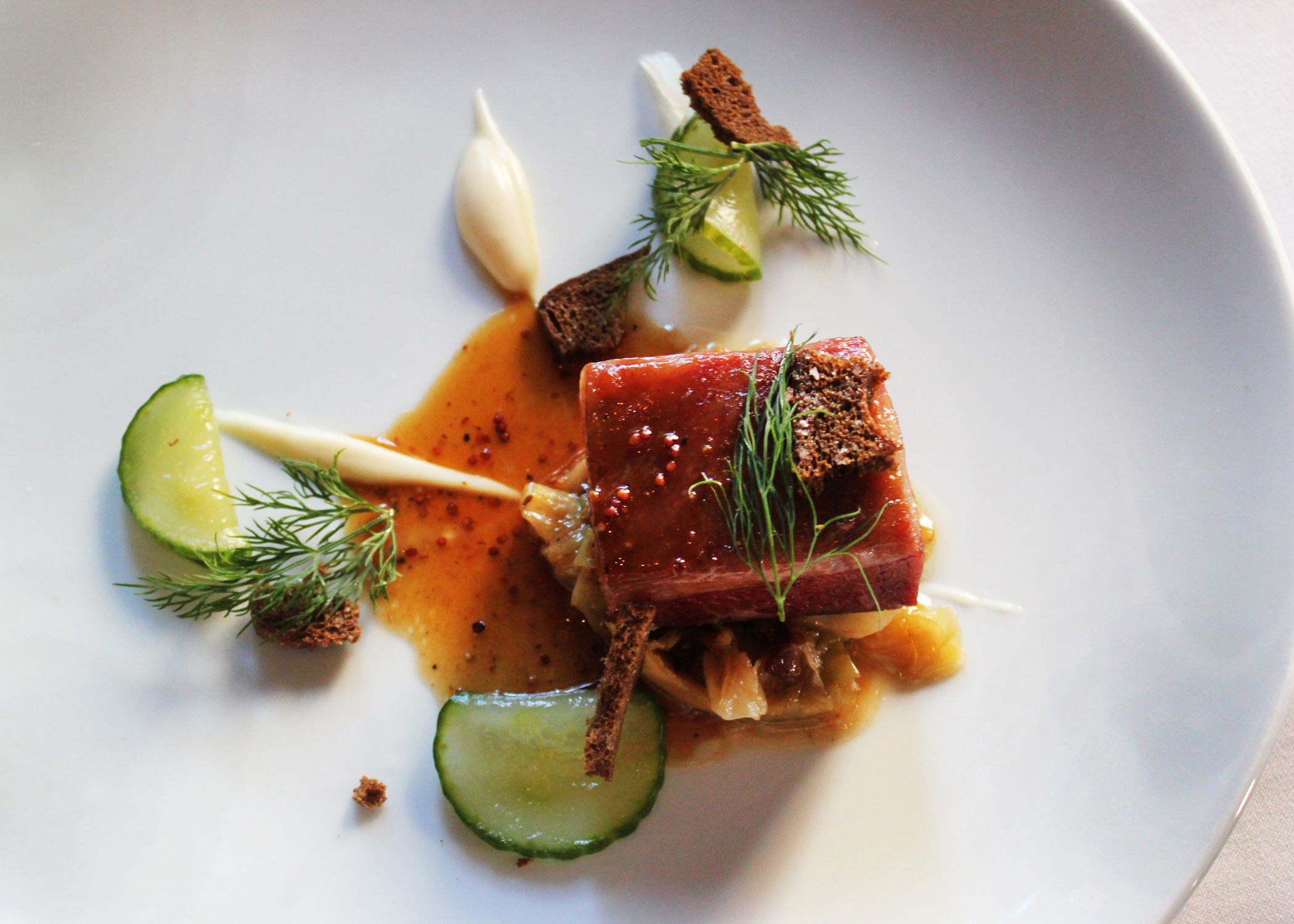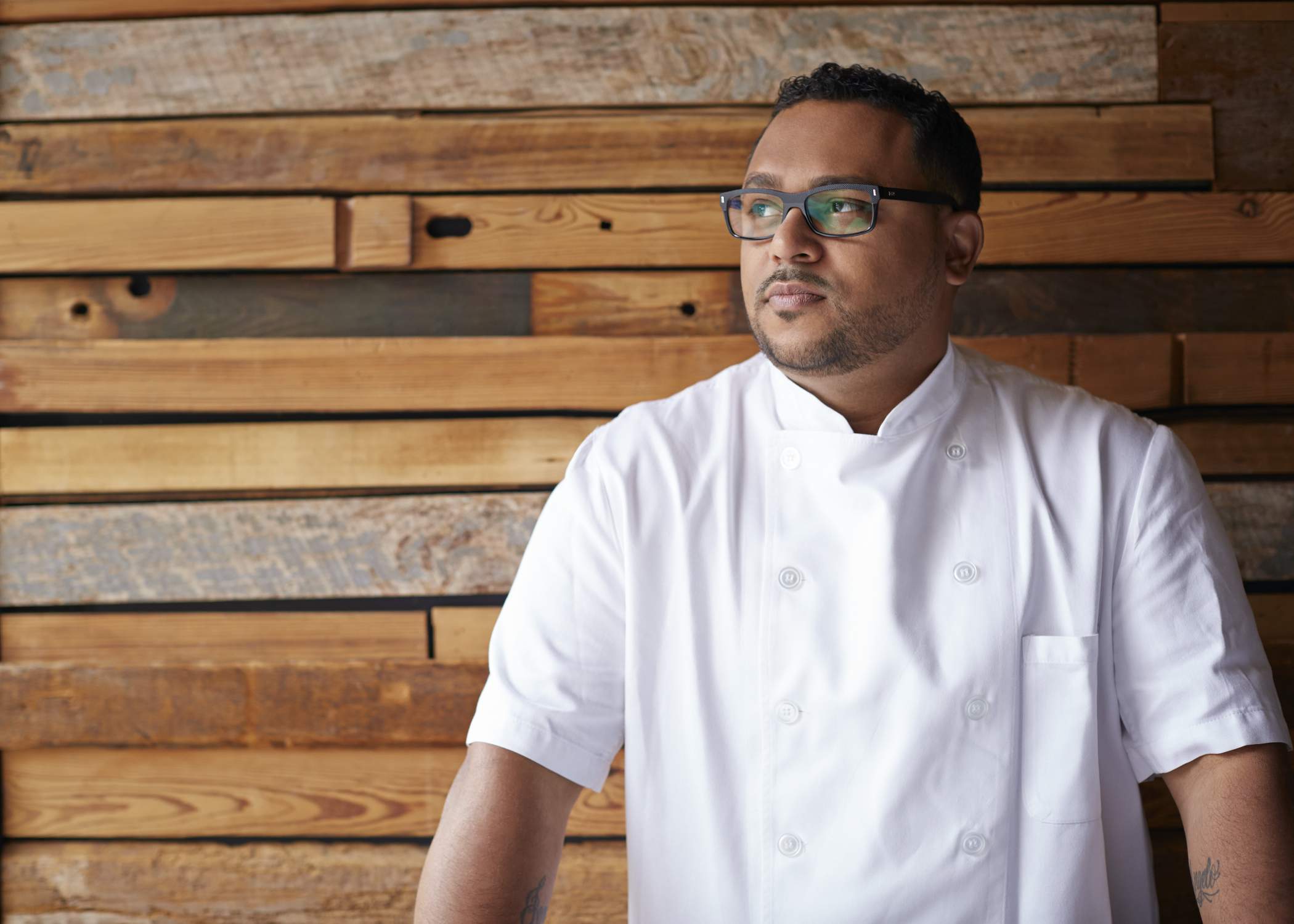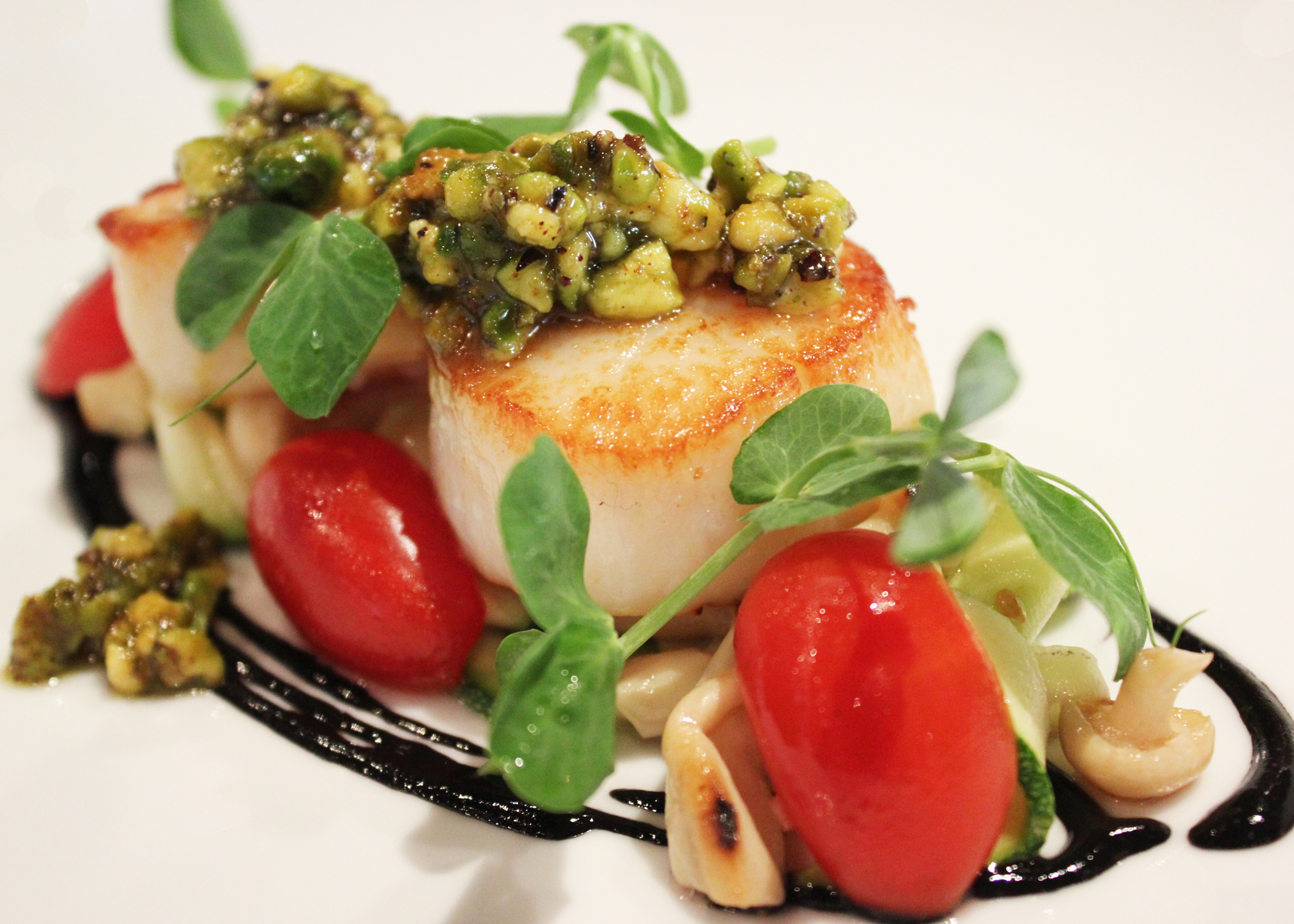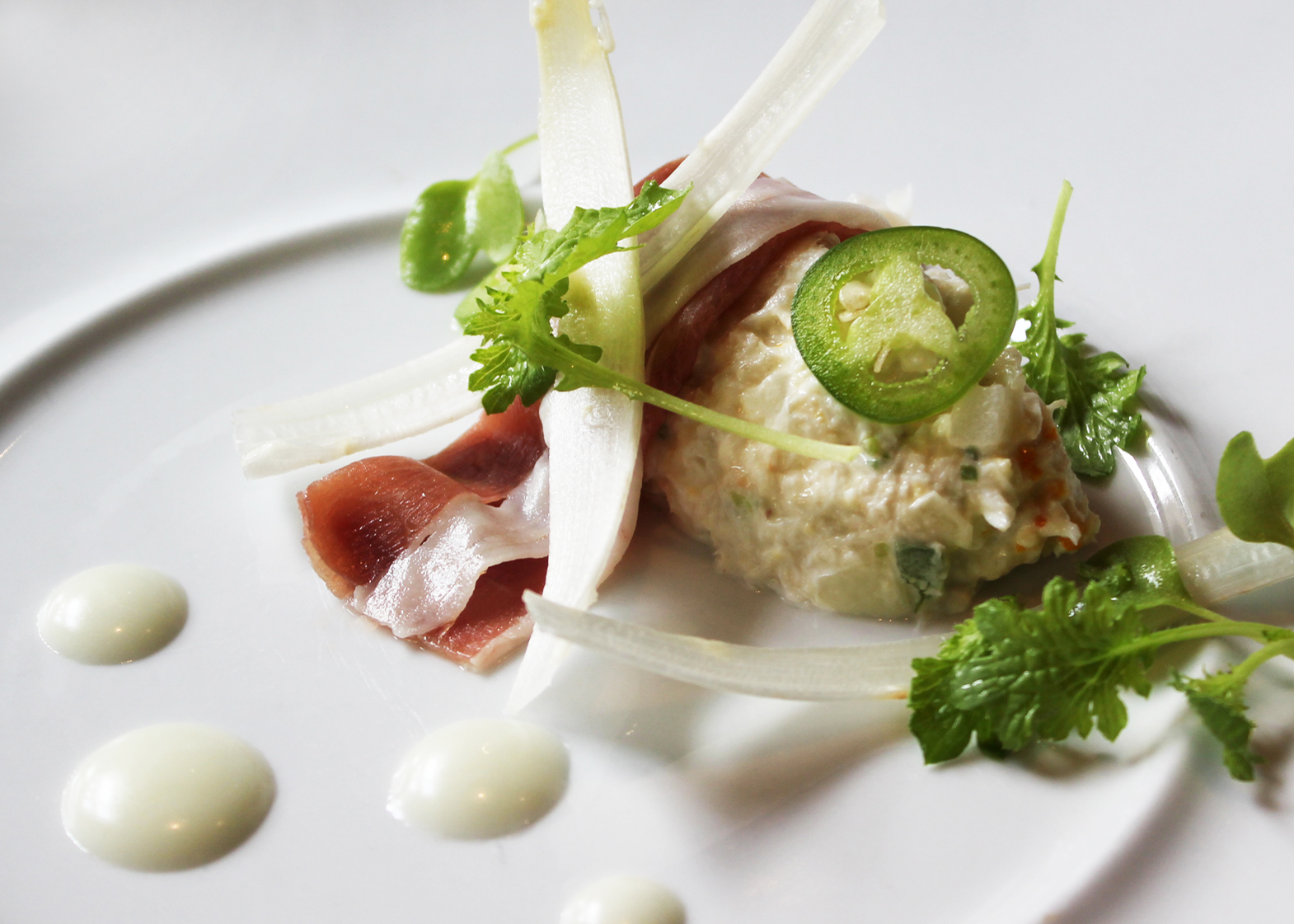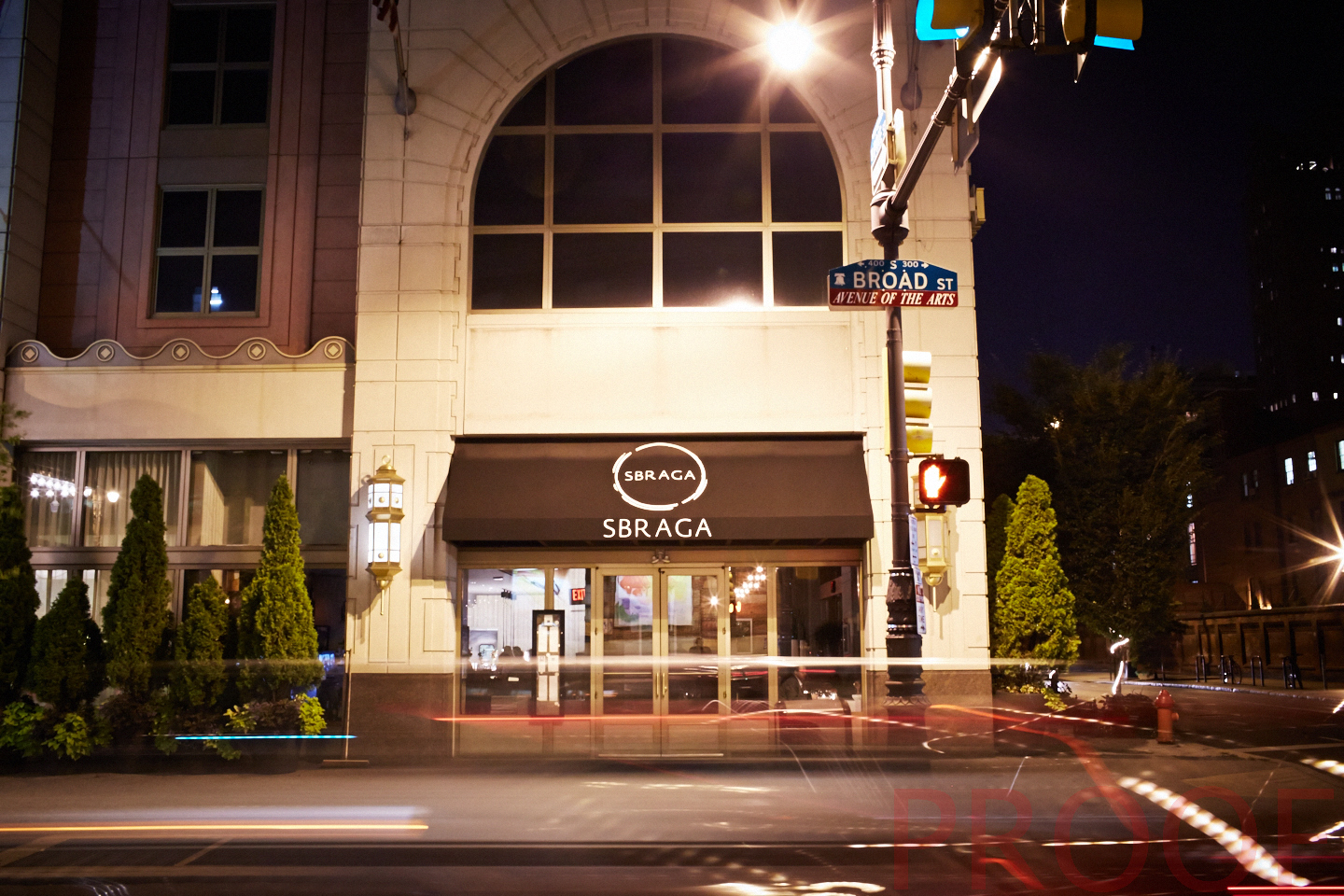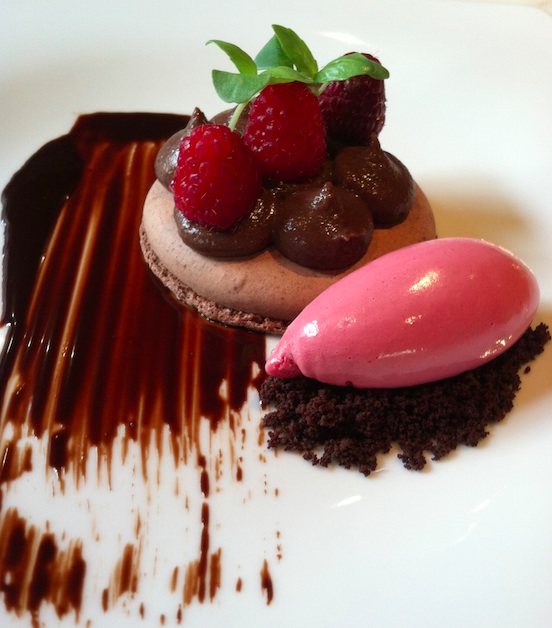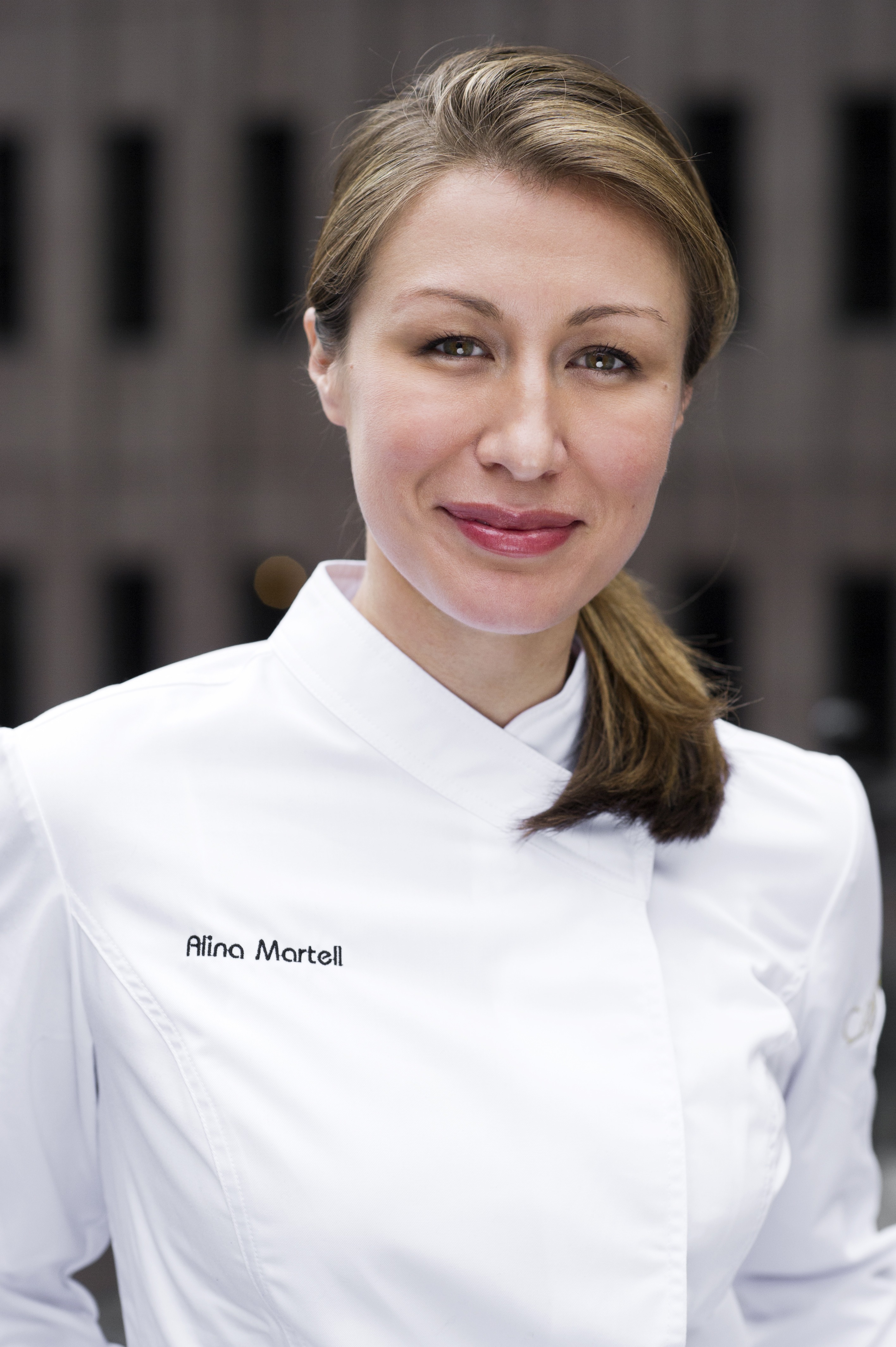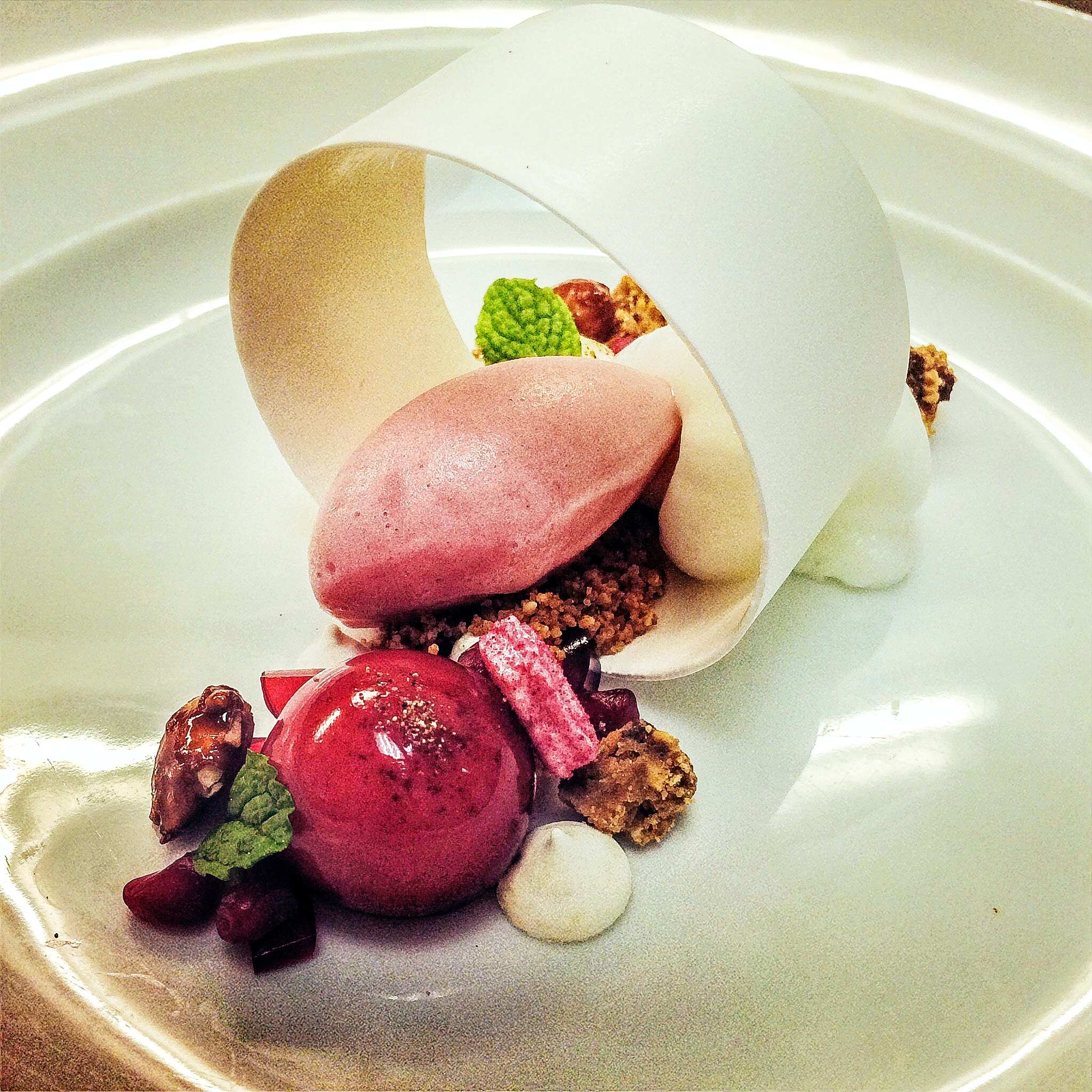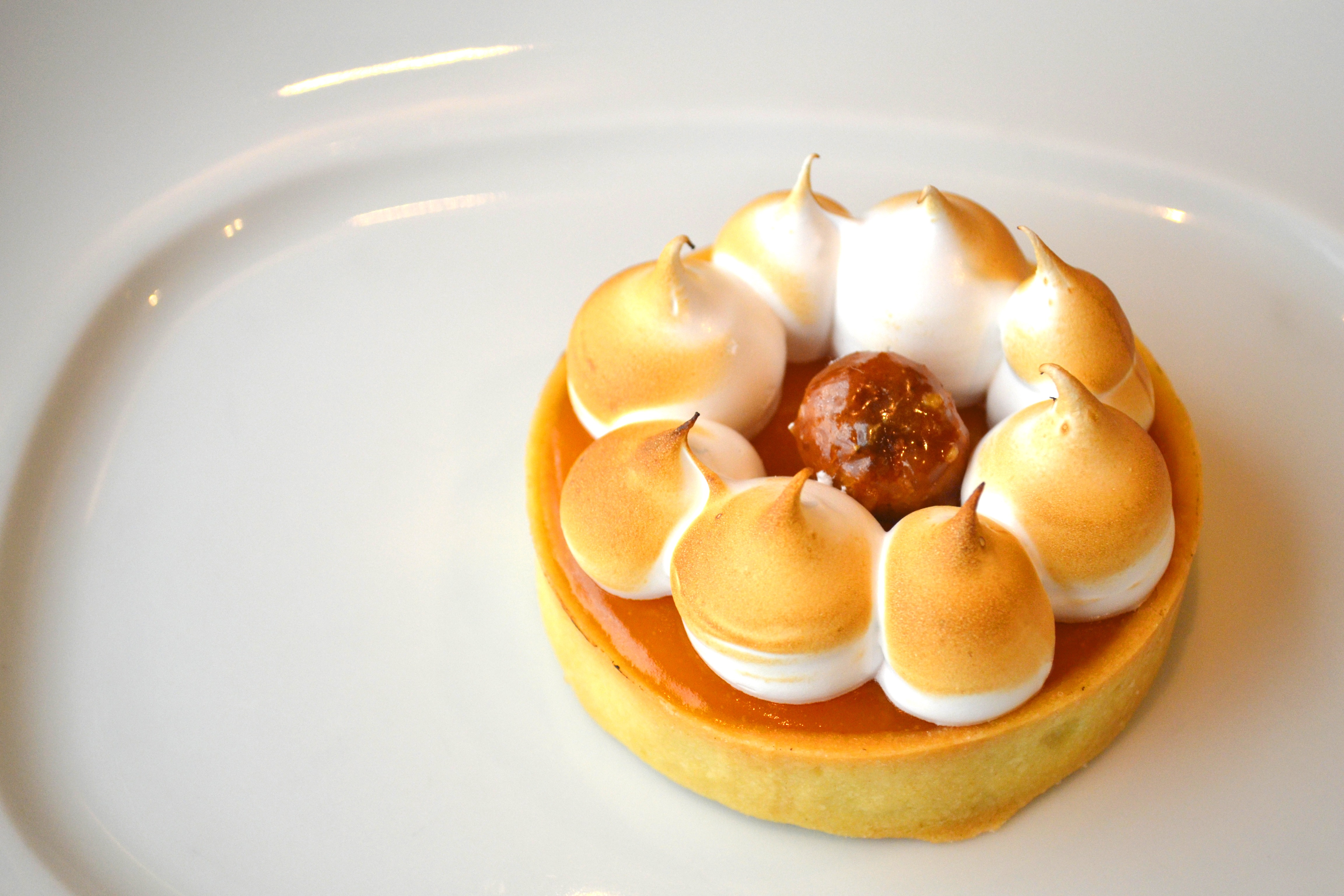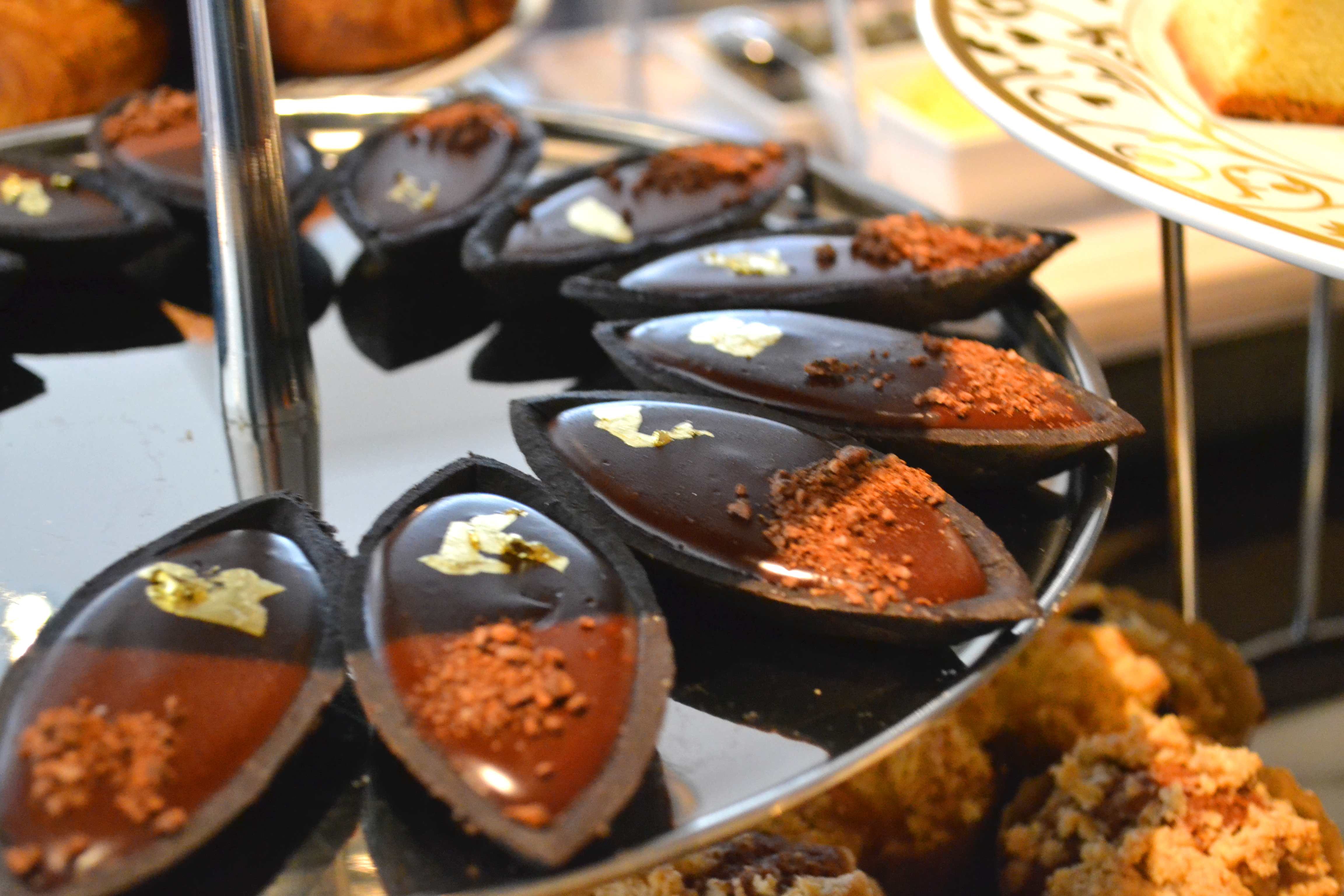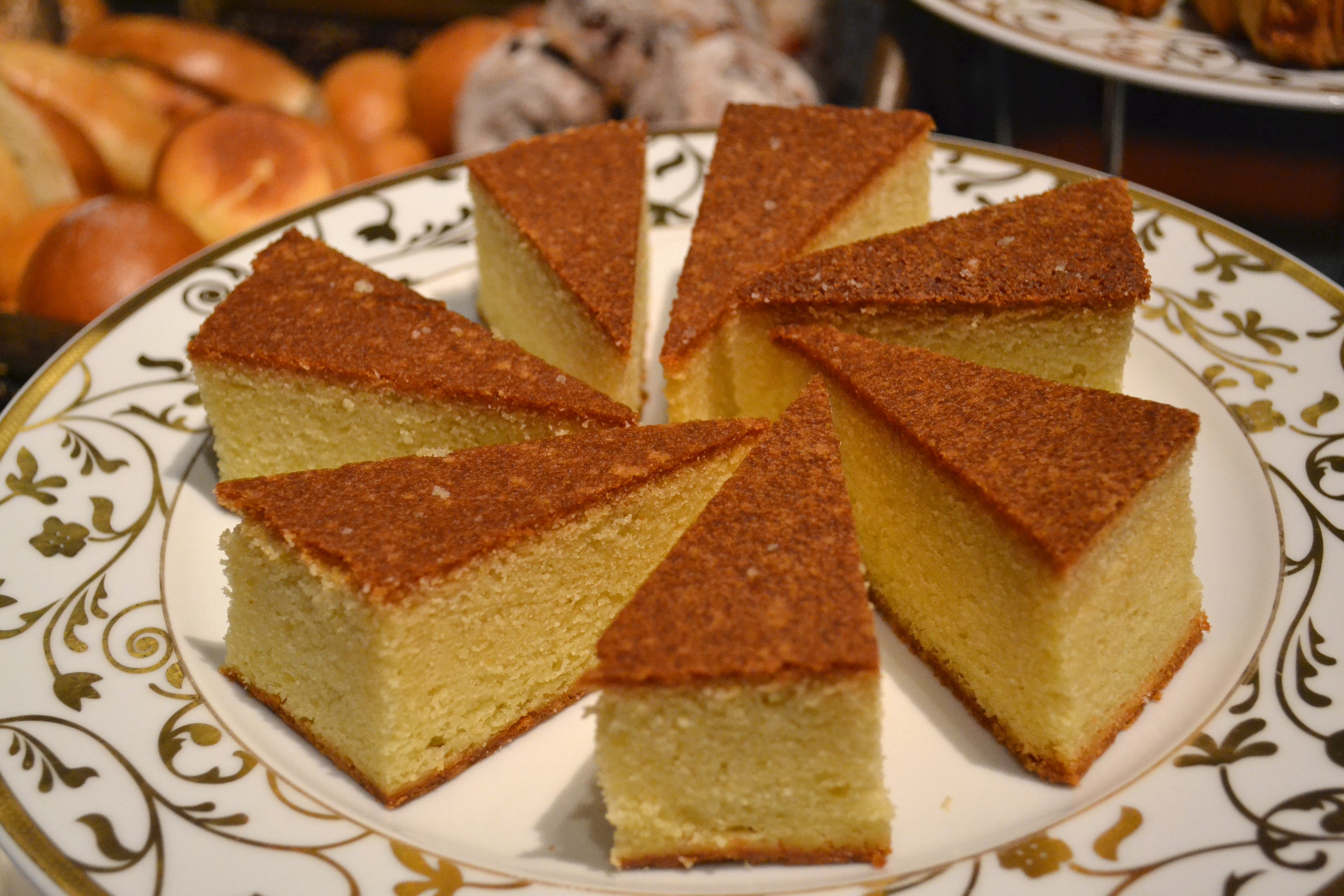Lisa Q Fetterman is the founder and CEO of Nomiku, a Kickstarter backed start-up manufacturing one the first immersion circulators designed for home use.
Tell us a little about where you grew up and early food memories.
I moved from Shangdong, Jinan, in China to New York in ’94. I was the weird foreigner that came to school with her t-shirt tucked in, didn’t speak English, and didn’t change her clothes every day. Basically if I wasn’t ridiculed I was ignored. One brave first grader came over to my house for dinner and we served her a 1,000 year old egg. I’d never seen anybody’s eyes get that big. She left and I didn’t know if it went well or not. The next day kids were climbing over themselves to say hi to me and were really eager to come over to my house to taste “weird stuff.” It definitely opened my eyes to the power of food and I’ve loved experimenting and meeting people around it ever since.
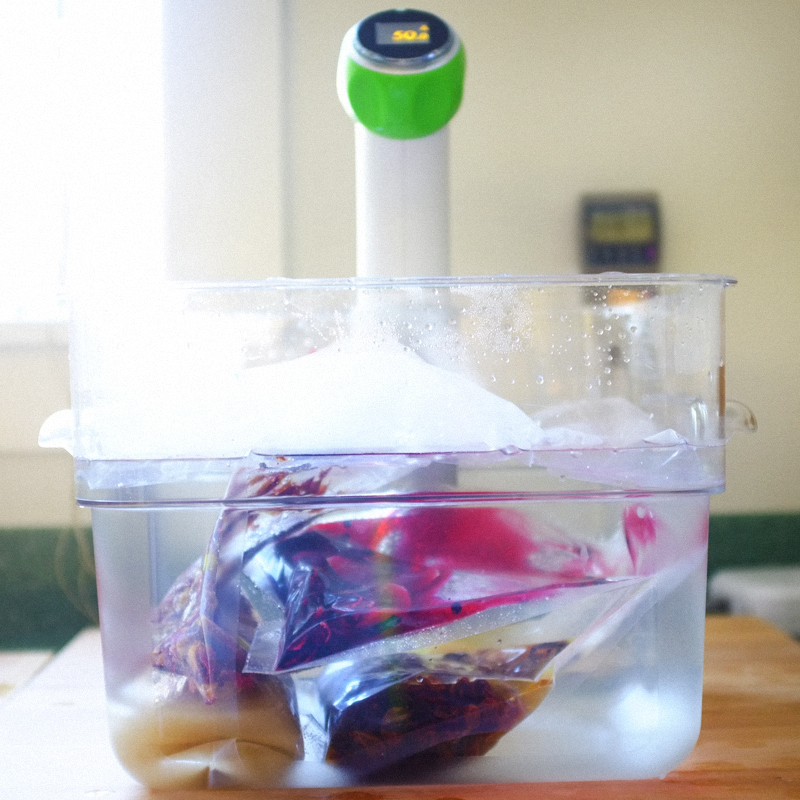
How did you make the transition from doing a Journalism degree to working in kitchens?
Actually it’s the other way around! I was in college and worked in restaurants as a part time job because I was absolutely in love with the food scene. After I graduated I had to get a “real job” but quickly fell back into the fold of the food world. You can’t hide what you love.
How did Nomiku come to be?
My boyfriend at the time (now husband) is a plasma physicist, since he was getting his PhD and I had just graduated school we needed to have cheap dates. We’d watch Top Chef and then cook for each other, during one of the episodes I said off the cuff, “Oh man, I really want to save up money to buy one of those circulators” he told me he could just make one for me so he did! We had a crude but sturdy solderless set-up and it cooked eggs, it completely blew our minds that at 64C the yolk solidifies before the whites. We got hooked and started taking classes at hackerspaces, soon we learned how to use Arduino and started giving kits to anybody who wanted sous vide for themselves. Before we got married we begged our wedding videographers to help make us a Kickstarter video, we put it up and became the most well funded Kickstarter project in our category at the time. It helped pay for production and we’ve been shipping from October last year.
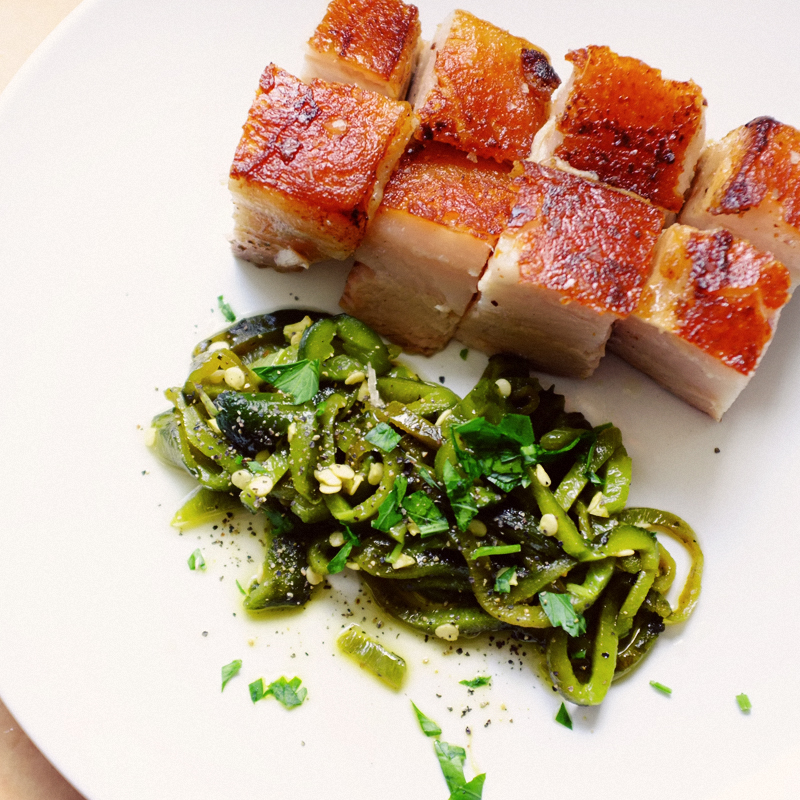
What was your experience like with Kickstarter?
Kickstarter is a dream and a nightmare. It’s actually all about confronting a lot of your own fears. Fear of success, fear of failure, fear of not being liked. If you’re transparent and upfront the truth will literally set you free. However, it’s so hard to get to that point where you just share everything, I don’t like to disappoint and it’s hard to be yourself in front of so many people. The whole thing is a filled with ups and downs, my favorite takeaway from Kickstarter is the rich friendships I’ve received from it, from people who really get my project and connect with my DNA. I’ve made lifelong friends.
You spent quite a bit of time in Shenzhen while planning the production of the Nomiku – Can you tell us about memorable feasts there?
Best eating experiences were this one Buddhist vegetarian restaurant and hot pot, oh the glorious real hot pots of China, it was the best sitting around the table with dozens of people dripping glistening raw meat into bubbling rich broth. The aroma and alcohol made the experience so heady, when we walked out it was as if we just came out of a sauna from heaven. Imagine if you were allowed to eat in saunas— yeah it’s pretty great.
The worst eating experience was when our factory people took us the the “edible zoo”. They had a monitor lizard as well as a raccoon in small dingy cages. They’d have you go to the room first with the menagerie of animals it smelled so awful the and the animals looked so miserable I couldn’t eat anything at the meal.
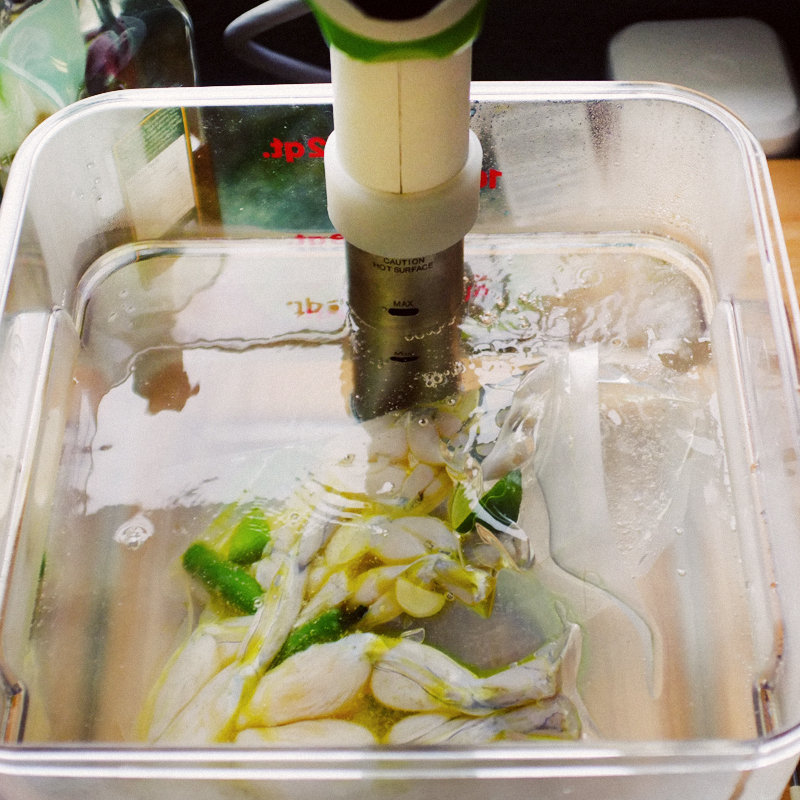
Having moved to San Francisco from New York, what’s been the biggest lifestyle difference?
I am in love with San Francisco! The produce here— are you kidding me?! Oh the fresh air, the kind neighbors, the tech innovation, it makes me want to twirl around with happiness. I catch myself skipping to work sometimes because I’m so happy. I miss the intensity and public transportation of New York but I catch myself completely infatuated with an aspect of San Francisco every day.
Do you and Abe, your husband and co-founder get a chance to cook much at home? If so, what do you like to make?
We cook most of our meals at home! We get in the routine of making scrambled eggs in our Nomiku, chicken for dinner, octopus, steak. Sometimes we have a routine but most weeks we cook based on what’s available at the farmer’s market and exciting in the butcher shop.
Tell us about Bam, your 3rd founder.
We met Bam when we taught at a hackerspace. He introduced himself as a chef and he is, he’s classically trained at FCI and cooked at Momofuku, Fatty Crab, and Daniel just to name a few. When we were in China making Nom we got pretty burnt out and decided to go on a vacation to Thailand. We found Bam was there about to take a job as an executive chef at a huge corporation so we shared with him our plans for Nomiku. He picked us up and said, “guys, you know I have an industrial design degree from RISD, right?” It was kismet and we went back to China together with him as our co-founder!
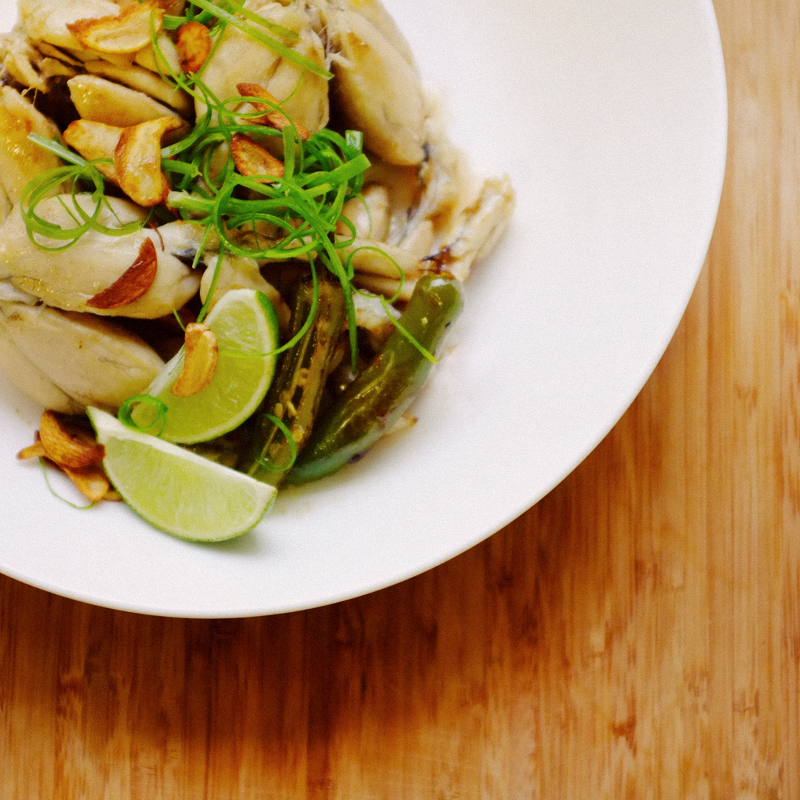
Aside from Nomiku, what are you essential kitchen tools?
I gotta have that wooden spoon and my dutch oven. I love it to make tomato sauce on weekends where we can slowly simmer it for 4 hours on the stove. The whole house smells like heaven.
Where should we eat on our next trip to San Francisco?
One of the most incredible food experiences I’ve ever had was at Saison. Once I had a dream that I was eating at Saison again and I woke up with a kind of divine joy that carried me through my day. I’m also happy if you take to Rich Table, Alta, Zuni Cafe, and Prubechu. Prubechu is pretty unique and it’s super new, they serve the food of Guam— I had never had Guamanian food before!


